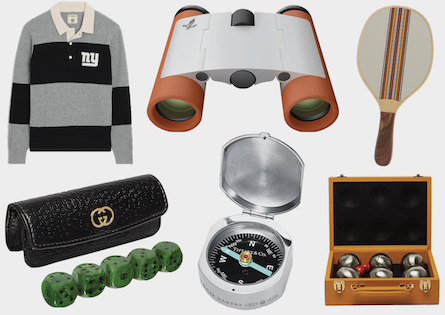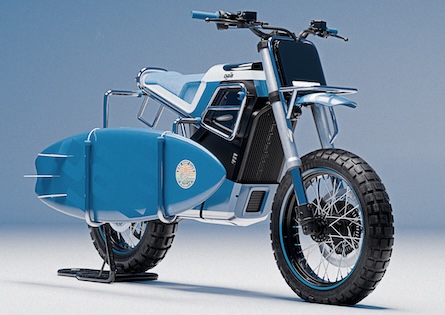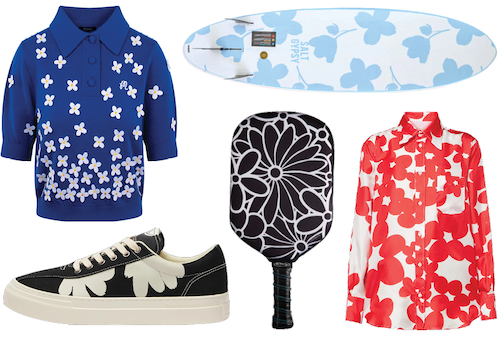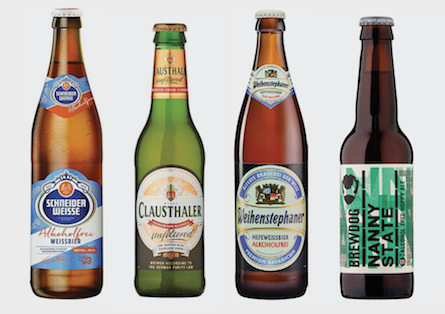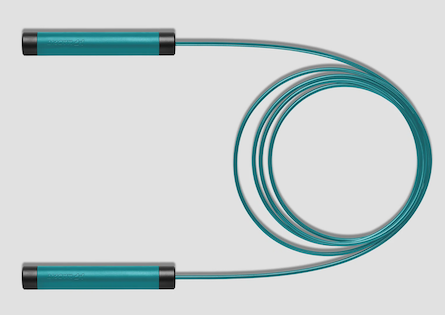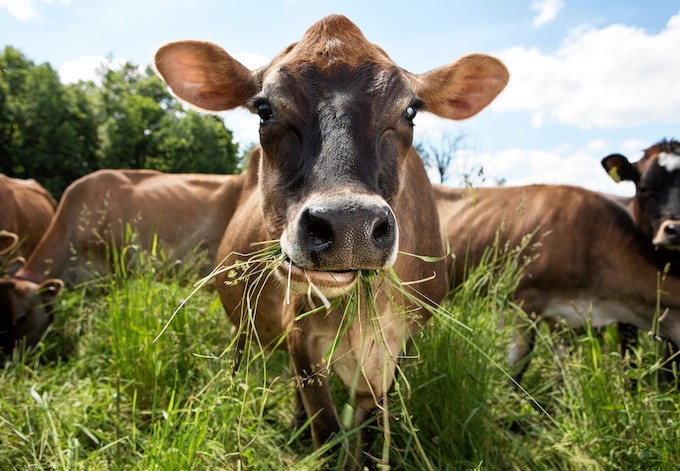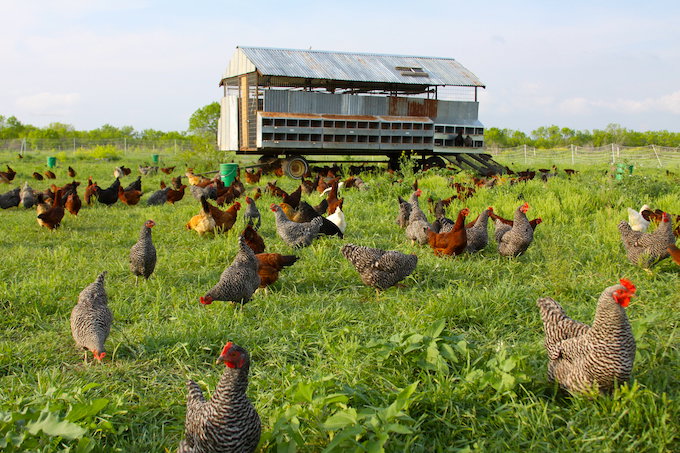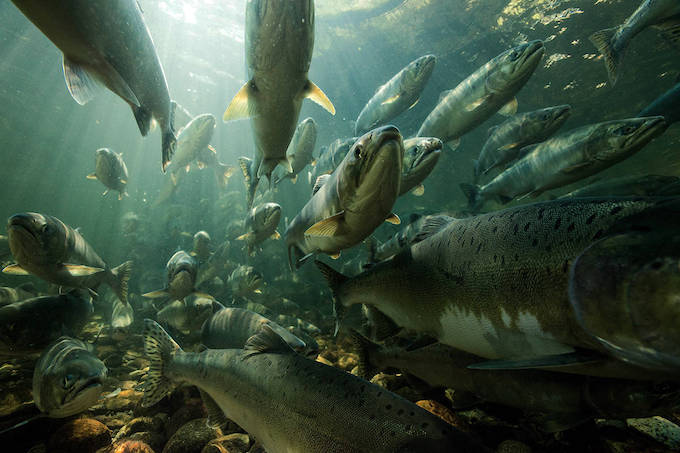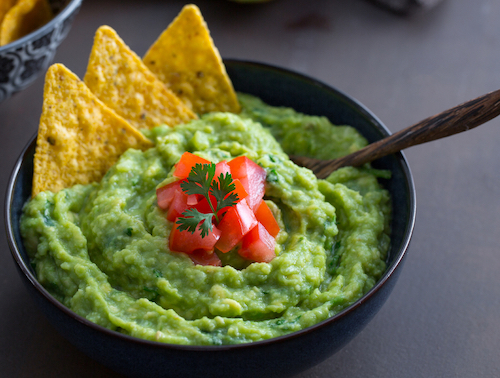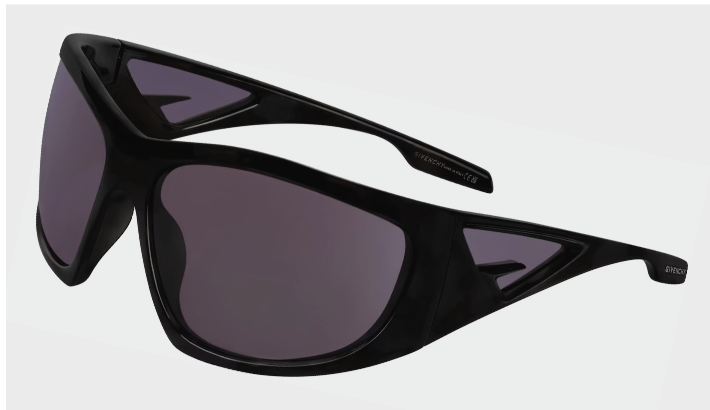Cage-free, non-GMO, gluten-free… when it comes to grocery shopping these days there are so many labels stamped on a product it can be overwhelming. While all are there to tell you how healthy a product is, these labels can sometimes be misleading too. “Farm fresh”, “whole grain”, “all-natural” may sound good, but you need to look closer to know what’s really inside the packaging.
Even the health food store can be a minefield when shopping. Take eggs for example: there are a plethora of cage-free and free-range choices, but neither label means those chickens were not raised in a cage, and it can get quite complicated when you really get into each category of food.
The key, says our resident health and nutrition expert Sarah Wragge, is understanding the “sourcing” of all these foods. That’s how you know what to look for and what to avoid. On the basest level she has two non-negotiables:
Rule number 1 is a product must be Certified Organic. This goes for all food groups. Says Sarah, “When you buy something that is not organic, you are consuming pesticides, you’re consuming hormones, you’re consuming antibiotics.” The Certified 100% Organic stamp guarantees fruits, vegetables, and all the ingredients in a product have been grown or raised according to the USDA’s strict organic standards. For meat and poultry, that includes the provision that the animals must be raised exclusively on organic feed, have access to the outdoors, and cannot be given antimicrobial drugs or hormones.
Rule number 2 is a product must be Non-GMO. GMO stands for genetically modified organism, and is a plant, animal, or other organism whose genetic makeup has been modified in a laboratory using genetic engineering. In other words, it did not grow in nature or through any natural process. The Non-GMO Project Verified mark assures consumers that any product bearing the label has been comprehensively evaluated by an independent party for compliance with the strictest guidelines.
Beyond that, it gets a little trickier. We asked Sarah to break it down for us by food category of what to look for and what to avoid.
EGGS & POULTRY
What came first, the chicken or the egg? As the saying goes, what is required for the egg must be required for the chicken… and all other poultry as well. So many specialty brands make the farms on which these chickens were raised sound like the happiest place on earth, but here’s what you really need to know:
Certified humane. This means that the chickens have been raised following the highest standards of humane farm animal care. The Certified Humane label represents a program run by the nonprofit Humane Farm Animal Care (HFAC) organization whose mission is to improve the lives of farm animals.
Pasture-raised. Market shelves are filled with eggs labeled “cage-free” and “free-range”, but the term “pasture-raised” is relatively new. Cage-free and free-range can be misleading because those terms don’t mean the chickens never lived in cage. Cage-free only means the hens were not raised in individual cages, but they were still housed indoors, with only a minimum of 1.5 square feet of space per hen, and no required access to outdoor space. Free-range is better in that outdoor access is required for a minimum of 6 hours per day, but there is still only a minimum of 2 square feet per bird. Pasture-raised is the highest standard with the most extensive certification requirements. These chickens live outside all year, with at least 108 square feet per bird and graze on foods they naturally would, like grass and insects. They are housed at night in a mobile coop.
PASTURE-RAISED HENS
No Antibiotics. No antibiotics means no antibiotics were used in the raising of these chickens. You might see “no medically important antibiotics” or “no growth-promoting antibiotics”, but we eat what the animals eat, and you don’t want any antibiotics of any kind. One other term that often accompanies no antibiotics is “no added hormones”, but that term is meaningless as the FDA prohibits the use of such hormones anyway in the production of poultry in the United States.
Animal Welfare approved. This one is harder to find and generally much more expensive, but it is the gold standard when it comes to how the chickens are raised. The Certified Animal Welfare Approved by AGW (AWA) seal is a hard-earned badge of difference, and farmers in this program are distinguished by a humane and conscientious attitude in their commitment to the care of their animals, the land, and the local community.
One other interesting fact… when it comes to eggs, color doesn’t matter. There is this perception that brown eggs are better for you than white eggs, but the color of the shell only has to do with the breed of the hen. White Leghorn chickens lay white-shelled eggs for example, while Plymouth Rocks and Rhode Island Reds lay brown-shelled eggs.
BEEF & DAIRY
Following our chicken and egg rule, what goes for cows, goes for milk…
Certified Grassfed by AGW or American Grassfed. Cattle are not required to have a full grass-fed diet to get the “grass-fed” label. They might still have been given supplemental grain feed in addition. Moreover, they are not necessarily pasture-raised. Although more expensive, for the most trusted guarantee of 100% grass-fed meat and “grass milk” look for the Certified Grassfed by AGW or American Grassfed label that ensures the animals were pasture-raised according to the highest welfare and environmental standards.
GRAINS & BREAD
Regeneratively grown. Regenerative Agriculture describes farming and grazing practices designed to protect and enhance our natural resources by using technologies that regenerate and revitalize the soil and the environment. These regenerative methods avoid the use of chemical pesticides to rebuild soil organic matter, restore soil biodiversity, reduce carbon dioxide, and ultimately help reverse climate change.
Sprouted. Bread is typically made from flour or ground grains, and in the processing many beneficial nutrients like fiber, vitamins, and minerals are removed. Sprouted grain bread is made from whole grains, and like a seed have begun to sprout or germinate. This changes the nutritional profile of the grains, making their nutrients more readily available and easier to digest. Additionally, sprouted grain breads often include a variety of whole grains and legumes, making them a great source of complete protein with all nine essential amino acids.
No added sugar. No need to add it. No need to buy it.
SEAFOOD
Wild-Caught vs. Farm-Raised. While the common perception is that wild-caught seafood is good and farm-raised is bad, it isn’t always so black and white, and really depends on how and where it is sourced. The difference between the two is as it sounds. Wild caught fish come from a natural habitat like a lake, ocean, or river. It is generally believed wild-caught fish have more nutritional value because of the natural and varied diet they consume, along with the trace minerals found in these environments. It is important to note however, that higher levels of mercury can be found in wild-caught seafood due to industrial pollution that finds its way into lakes, rivers, and oceans.
PINK SALMON SWIMMING UP THE AHTA RIVER, B.C. (Jordan Manely photo)
Farm raised fish, on the other hand, have been raised in a controlled environment, in large tanks or pens closely monitored in order to produce as many big and healthy fish as possible. But they are generally fed low-quality fish feed that’s a mixture of corn, grains, and ground up, wild-caught fish. Farmed fish can be richer however in omegas and essential fatty acids due to their higher fat content. Unfortunately, some fish farms more lax in their quality control, and fish are often given antibiotics to keep them healthy or hormones to promote growth.
Wild caught or farm raised, it’s essential when buying fish to make sure wherever it’s coming from has stringent quality control and sustainability procedures in place. Unfortunately, there is no universal seafood labeling system, so it requires a bit more diligence when shopping.
IN SUMMARY
Sarah likes to say that knowledge is power, but all this information shouldn’t be crippling. Sometimes you’ll find yourself in situations you can’t control. For sustainable lifestyle practices just do the best you can and don’t let it ruin a fun Saturday night out.

